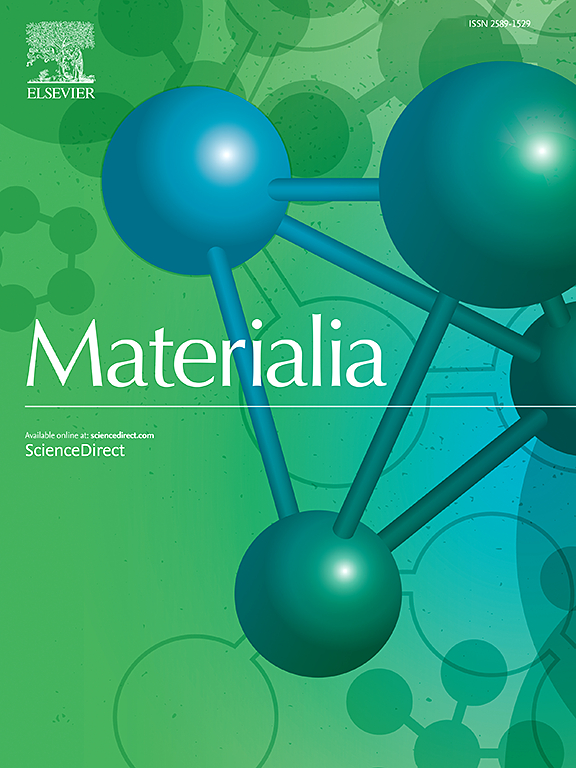Swift heavy ion-induced unevenness of cationic inversion in spinel structures
IF 3
Q2 MATERIALS SCIENCE, MULTIDISCIPLINARY
引用次数: 0
Abstract
X-ray absorption near-edge structure (XANES) spectroscopy was used to investigate the cationic inversions induced by swift heavy ions (SHIs) in aluminate spinel structures. It was found that increasing the fluence of 340 MeV Au ions led to systematic spectral changes at both the Zn L3-edge and the Al K-edge of ZnAl2O4, and at both the Mg and Al K-edges of MgAl2O4. In the theoretical XANES investigations, structural models of cationic inversion were built for the highly and slightly disordered configurations using special quasi-random structures (SQS) techniques. These theoretical investigations revealed that for each cation in the SQS models, that the spectral shapes of ZnAl2O4 and MgAl2O4 were mainly determined by the first nearest neighboring coordination, but were partly influenced by the middle-range configurations. Upon irradiation with SHIs, the experimental XANES results confirmed the generation of the highly disordered local regions that were predicted by the theoretical XANES analyses. As a result, SHI irradiation produced cationic inversions that were not observed in the non-irradiated regions of the spinel structures.

尖晶石结构中快速重离子诱导的阳离子反转不均匀性
采用x射线吸收近边结构(XANES)研究了快速重离子(SHIs)在铝酸盐尖晶石结构中引起的阳离子反转。结果表明,增加340 MeV Au离子的影响会导致ZnAl2O4的Zn l3边缘和Al k边缘以及MgAl2O4的Mg和Al k边缘发生系统的光谱变化。在XANES的理论研究中,采用特殊的准随机结构(SQS)技术建立了高度无序和轻微无序构型的阳离子反演结构模型。这些理论研究表明,对于SQS模型中的每个阳离子,ZnAl2O4和MgAl2O4的光谱形状主要由第一近邻配位决定,但部分受中位构型的影响。经SHIs辐照后,实验XANES结果证实了理论XANES分析预测的高度无序局部区域的产生。结果,SHI辐照产生了在尖晶石结构的未辐照区域未观察到的阳离子反转。
本文章由计算机程序翻译,如有差异,请以英文原文为准。
求助全文
约1分钟内获得全文
求助全文
来源期刊

Materialia
MATERIALS SCIENCE, MULTIDISCIPLINARY-
CiteScore
6.40
自引率
2.90%
发文量
345
审稿时长
36 days
期刊介绍:
Materialia is a multidisciplinary journal of materials science and engineering that publishes original peer-reviewed research articles. Articles in Materialia advance the understanding of the relationship between processing, structure, property, and function of materials.
Materialia publishes full-length research articles, review articles, and letters (short communications). In addition to receiving direct submissions, Materialia also accepts transfers from Acta Materialia, Inc. partner journals. Materialia offers authors the choice to publish on an open access model (with author fee), or on a subscription model (with no author fee).
 求助内容:
求助内容: 应助结果提醒方式:
应助结果提醒方式:


